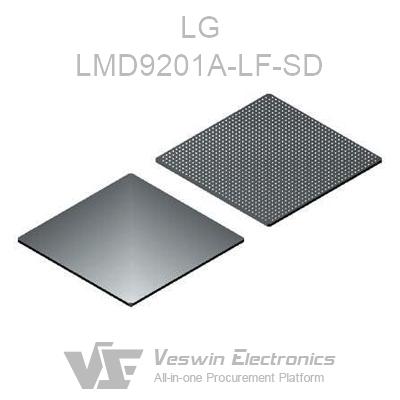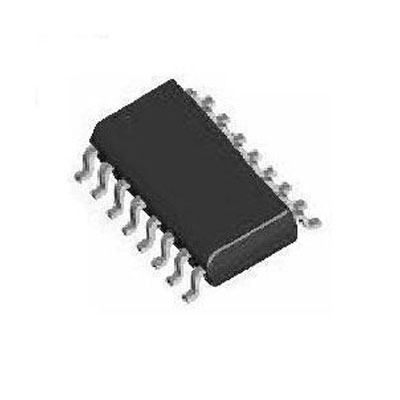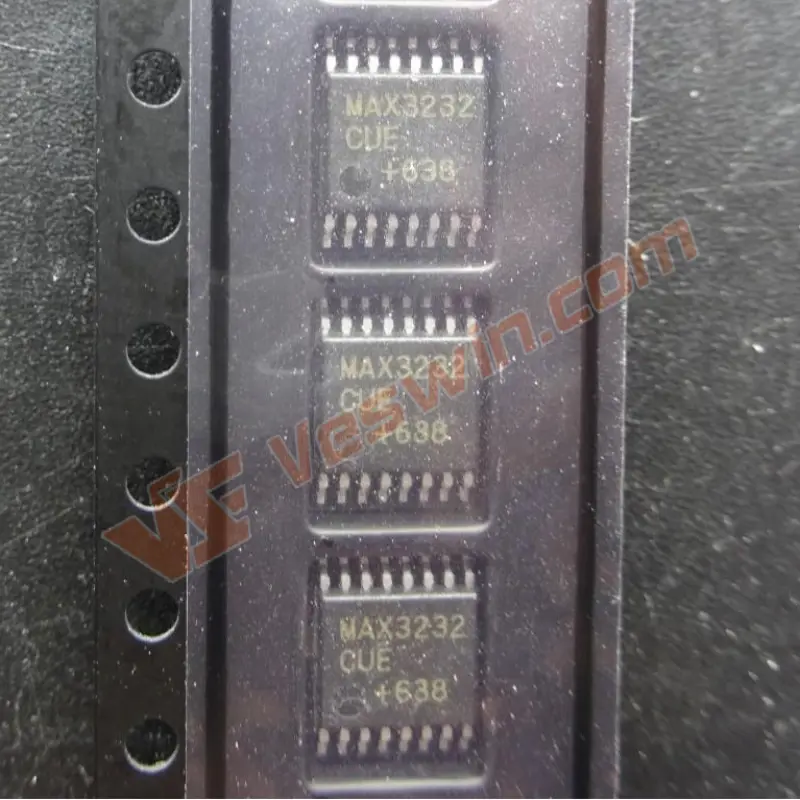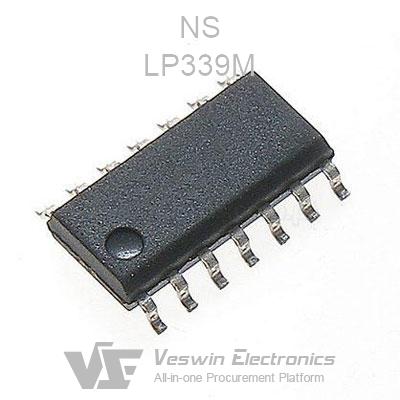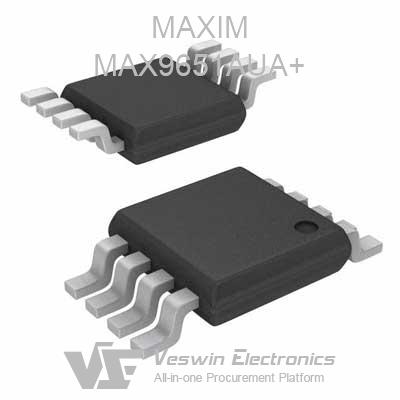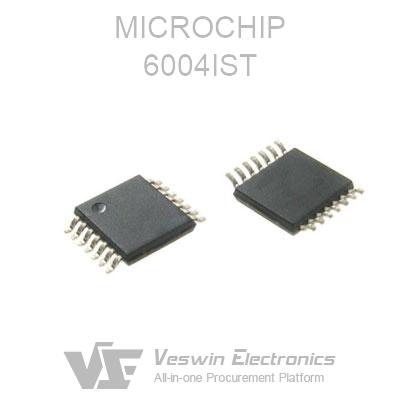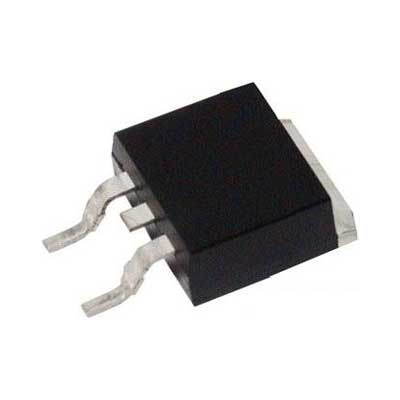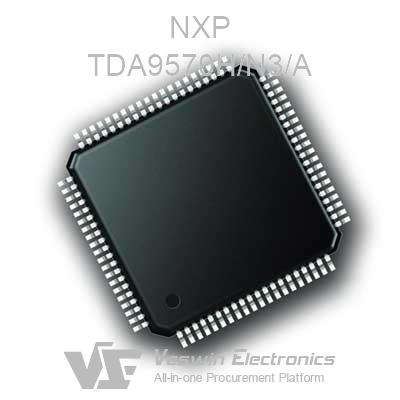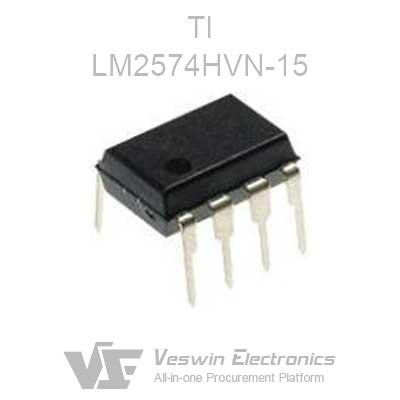Fabless refers to a business model within the semiconductor industry in which a company designs and markets hardware devices and semiconductor chips but does not manufacture (or fabricates) the chips itself. Instead, the manufacturing is outsourced to specialized semiconductor foundries, such as TSMC. The term "fabless" is derived from "fab," which stands for fabrication.
The fabless model allows companies to focus on chip design and innovation without bearing the costs and complexities associated with operating and maintaining their manufacturing facilities. Notable examples of fabless companies include NVIDIA, Qualcomm, and Broadcom.
The main difference between a "fab" and a "fabless" company lies in the production of semiconductor devices, specifically whether the company manufactures (fabricates) the semiconductor chips it designs. Let's use the table to simply distinguish between a "fab" and a "fabless" company.
Design & Development: Both types of companies are involved in designing and developing semiconductor chips.
Manufacturing: Fab companies own and operate their manufacturing facilities, while fabless companies outsource manufacturing to third-party foundries.
Capital Requirements: Fab companies have high capital requirements due to owning and maintaining fabs, while fabless companies generally have lower capital requirements.
Focus & Expertise: Fab companies need expertise in design and manufacturing, whereas fabless companies focus on design and innovation.
Risk: Fab companies bear the risks associated with manufacturing. Fabless companies avoid these risks by outsourcing manufacturing.
Flexibility: Fabless companies generally have higher flexibility, as they can switch foundries more easily than fab companies can alter their manufacturing plants.
Profit Margins: Fabless companies often have higher gross margins as they avoid the high operating costs of running fabs.
Operating Costs: Fab companies have high operating costs for running and maintaining fabs. Fabless companies avoid these costs by outsourcing manufacturing.
Control over Process: Fab companies have complete control over the manufacturing process, while fabless companies have less direct control.
Supply Chain Control: Fab companies have more control over their supply chain since they own their manufacturing, while fabless companies rely on third-party foundries.
In the context of the semiconductor industry, "foundry" and "fabless" refer to two different types of business models or entities that complement each other in the process of creating semiconductor chips. Let's break down these terms and explain the roles they play in the semiconductor industry:
A foundry, also known as a semiconductor foundry, is a company that manufactures semiconductor wafers and chips for other companies. Foundries are specialized factories equipped with the technology and machinery needed to turn integrated circuits (ICs) designs into physical products. They do not design their chips; instead, they focus on the fabrication process, producing chips based on the designs provided by their customers.
On the other hand, a fabless semiconductor company designs and develops semiconductor chips but does not have the manufacturing facilities (fabrication plants, or "fabs") to produce them.
Fabless companies specialize in designing and developing semiconductor chips, such as creating the architecture, design, and layout of integrated circuits. After designing the chips, they contract with foundries to handle the manufacturing. These companies focus on innovation and creating new technologies and products without the burden of bearing manufacturing responsibilities.
In essence, the foundry and fabless entities in the semiconductor ecosystem are complementary to each other. Fabless companies focus on designing innovative and advanced chips and then partner with foundries to have those chips manufactured. On the other hand, Foundries specialize in the high-precision, capital-intensive process of chip manufacturing.
Various factors drive the trend for most companies towards becoming fabless semiconductor companies. For many semiconductor firms, adopting a fabless model proves to be a more economical and profitable way of operating. Below are some more detailed reasons.
Operating a semiconductor fabrication facility (fab) is extremely capital-intensive. It involves billions of dollars in construction, equipment, and maintenance investment. As technology advances, significant continual investment is required to upgrade facilities to newer manufacturing processes.
Rapid technological advancements mark the semiconductor industry. Maintaining a cutting-edge fab requires frequent and costly upgrades. Fabless companies can focus on design and innovation without the burden of continually updating manufacturing facilities.
Fabless companies can scale production up or down based on demand without the risks and costs of maintaining a fab. They can also switch to different foundries based on performance, cost, or capacity considerations, providing them with more agility.
The fabless model allows companies to concentrate on their core competencies—design, development, and innovation—without the distractions and complexities of managing a manufacturing operation. This specialization often leads to faster innovation and a sharper focus on product development and market needs.
Without the overhead of operating and maintaining a fab, fabless companies often have lower operating costs, which can translate into higher profit margins. They avoid the risks of capacity underutilization during market downturns, which can be financially devastating for companies operating their fabs.
The growth of highly capable and specialized foundries (like TSMC and GlobalFoundries) worldwide has made outsourcing manufacturing a viable and attractive option. These foundries can often produce cheaper and higher quality chips than a company can achieve in-house.
The semiconductor market can be volatile. Owning and operating a fab can be risky, as downturns in demand can lead to expensive underutilized capacity. Fabless companies are better insulated from these fluctuations as they don’t carry the fixed costs of a fab.
Free from manufacturing complexities, Fabless companies can often get their products to market more quickly. They can adapt to changing market conditions, and consumer demands more rapidly, which is a critical advantage in a highly competitive and fast-paced industry.
Leading foundries are often at the forefront of semiconductor manufacturing technology. By partnering with these foundries, Fabless companies can have their designs manufactured using the latest, most advanced processes without having to invest in the technology themselves.
Hot News
